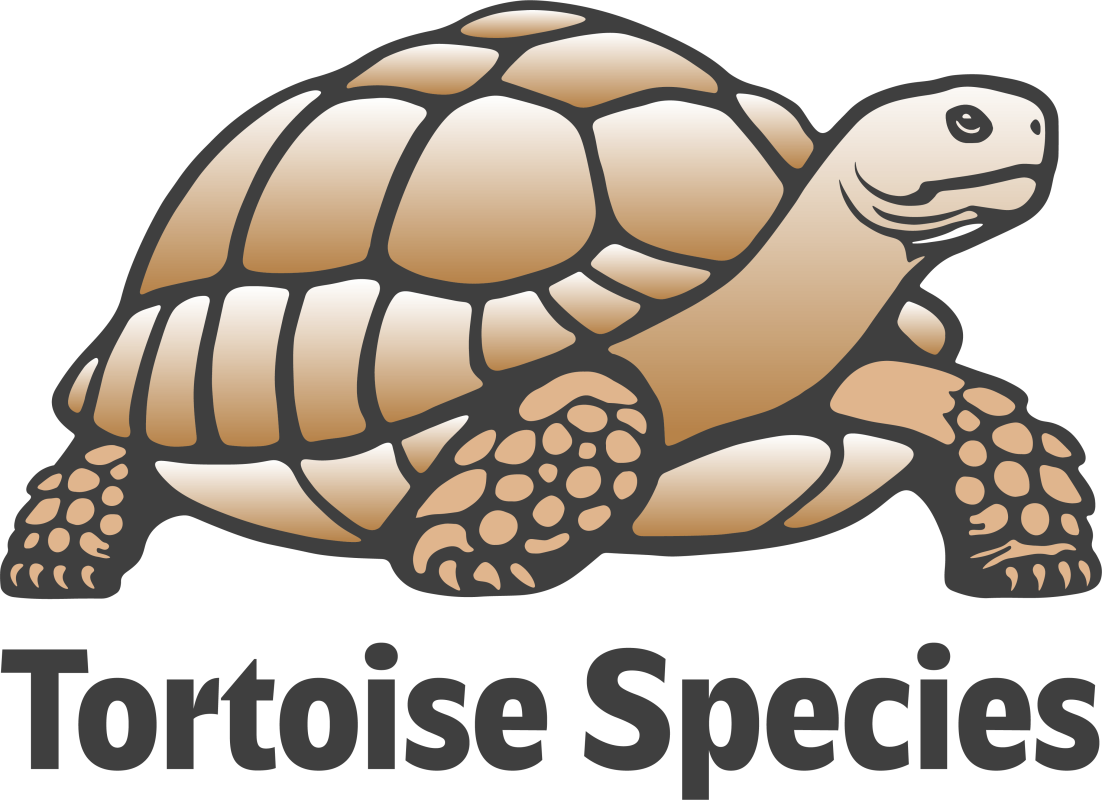The Red-Footed Tortoise (Geochelone carbonaria) is a captivating reptile that has captured the hearts of wildlife enthusiasts and pet owners alike. Native to the lush landscapes of South America, these remarkable creatures are known for their distinctive reddish legs and fascinating characteristics that set them apart in the world of tortoises.

Characteristics and Physical Attributes
Size and Appearance
Red-Footed Tortoises are medium-sized reptiles, typically ranging from 10 to 14 inches in length. Their most distinctive feature is the vibrant reddish coloration on their legs, which contrasts beautifully with their darker shell. The shell itself is a work of natural art, featuring intricate patterns that vary between individuals.
Unique Traits
What makes these tortoises truly special are their:
- Hardy and adaptable nature
- Long lifespan (potentially 50+ years with proper care)
- Distinctive reddish leg markings
- Remarkable ability to thrive in various environments
Habitat and Natural Range

Geographic Distribution
Found throughout South America, Red-Footed Tortoises inhabit diverse ecosystems including:
- Tropical rainforests
- Savannahs
- Woodland edges
- Grassland regions
Their ability to adapt to different environments has been crucial to their survival, allowing them to navigate the complex landscapes of countries like Brazil, Bolivia, and Paraguay.
Diet and Nutrition
Red-Footed Tortoises are primarily herbivorous, with a diet that includes:
- Fresh vegetables
- Fruits
- Leafy greens
- Occasional protein supplements
In the wild, they play a crucial role in seed dispersal, contributing to the ecological balance of their native habitats. Their diet reflects their adaptability, allowing them to find nutrition in various plant sources.
Behavior and Social Structure
Unlike some reptiles, Red-Footed Tortoises display fascinating social behaviors:
- Relatively social compared to other tortoise species
- Show signs of individual personality
- Capable of recognizing and responding to human caregivers
- Territorial, especially during breeding seasons
Reproduction and Life Cycle

Breeding Characteristics
- Females typically lay 3-8 eggs per clutch
- Eggs incubate for approximately 120-180 days
- Hatchlings are independent from birth
- Sexual maturity reached around 5-7 years of age
Conservation Status and Challenges
Current Threats
- Habitat Loss
- Illegal Pet Trade
- Climate Change
- Human Encroachment
Conservation Efforts
- International protection measures
- Regulated pet trade
- Habitat conservation programs
- Captive breeding initiatives
Caring for Red-Footed Tortoises as Pets

Essential Care Guidelines
- Habitat Setup
- Large enclosure with both indoor and outdoor spaces
- Temperature-controlled environment
- Substrate that mimics natural habitat
- Dietary Needs
- Balanced diet of vegetables and fruits
- Calcium supplements
- Fresh, clean water always available
- Health Considerations
- Regular veterinary check-ups
- Watch for signs of metabolic bone disease
- Maintain proper humidity levels
Interesting Facts
- Can live up to 50-60 years with proper care
- Each tortoise has unique shell patterns
- Play a crucial role in seed dispersal in their native ecosystems
- Popular in the pet trade due to their manageable size and engaging personalities
Conclusion
The Red-Footed Tortoise is more than just a pet or a wild animal—it’s a testament to nature’s incredible diversity. Whether you’re a wildlife enthusiast, a potential pet owner, or simply curious about these remarkable creatures, understanding their complex lives helps us appreciate the importance of conservation and responsible interaction with our planet’s diverse wildlife.





